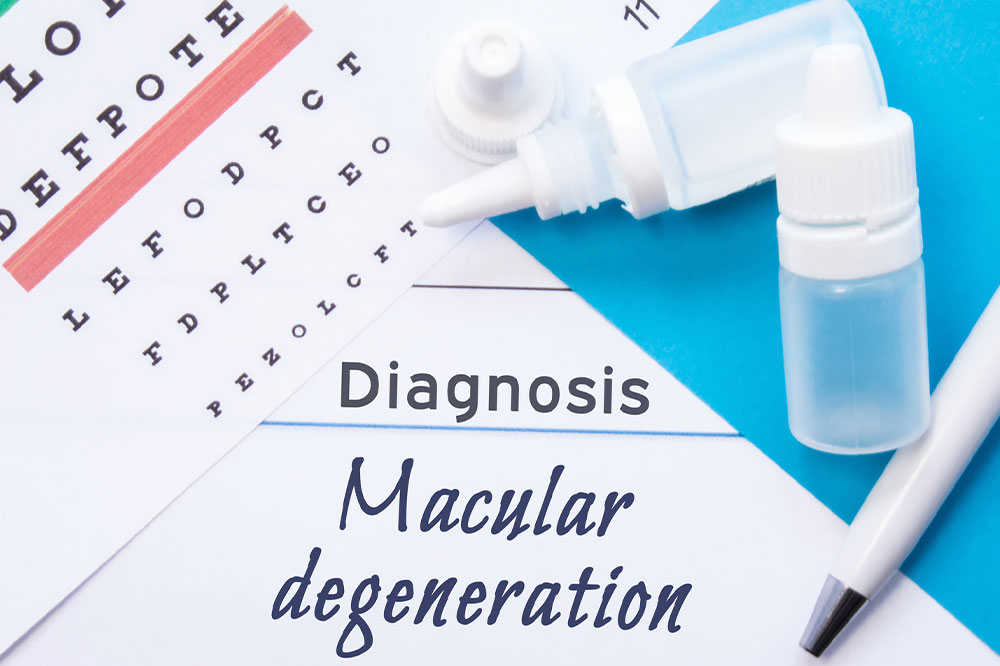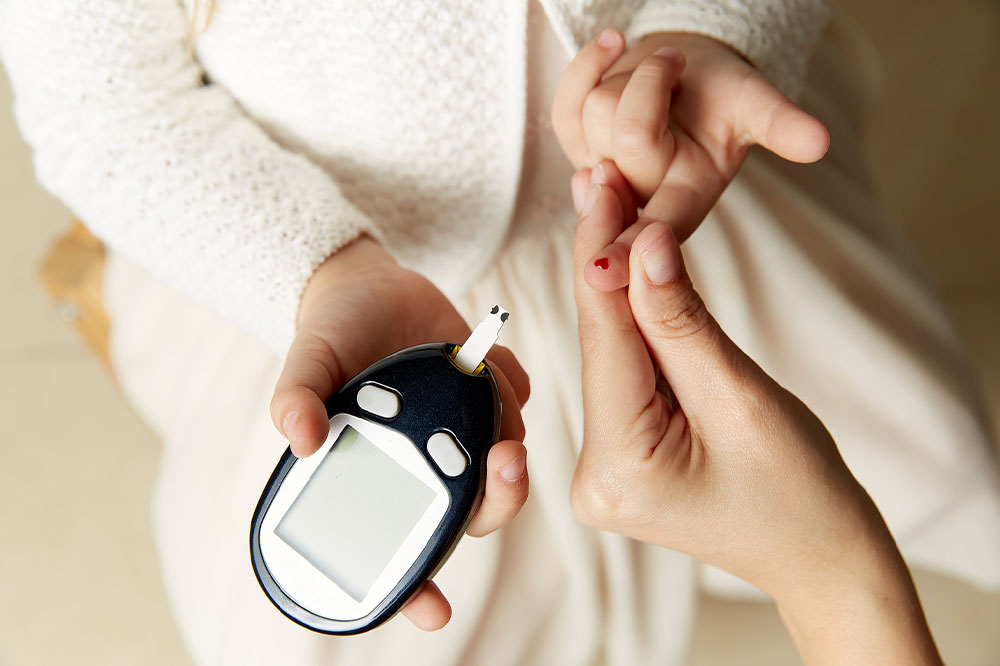12 signs and symptoms of hemophilia

Hemophilia is a rare genetic blood condition caused by the absence or deficiency of certain clotting factors. This increases one’s risk for bleeding and bruising. While there is no cure for hemophilia, treatment can help one lead an improved quality of life and live for as long as others who do not have hemophilia. This article aims to raise awareness about hemophilia, including its signs, symptoms, types, and varying levels of severity.
Signs and symptoms of hemophilia
Signs and symptoms of this condition may vary significantly from person to person. They generally tend to include:
1. Unexplained nosebleeds
People with hemophilia may often experience unexplained, severe, and hard-to-control nosebleeds that may require medical intervention.
2. Bleeding in the mouth and gums
Some people with hemophilia may experience bleeding in the mouth and gums or bleeding that is difficult to stop after losing a tooth.
3. Excessive bleeding
Due to a deficiency of clotting factors in the blood, those with hemophilia may have to deal with excessive bleeding, even from minor cuts and wounds. Generally, bleeding tends to stop within minutes. However, with hemophilia, this may last for hours. As a result, those living with this condition are likely to have longer recovery times post-surgery or after undergoing other medical or dental procedures.
4. Hematuria
Moderate to severe hemophilia may even put one at risk for hematuria or blood in the urine. This typically results from internal bleeding in the bladder.
5. Menorrhagia
Women living with hemophilia may also experience longer, heavier periods, known as menorrhagia. Most women lose 30-40 ml of blood in one menstrual cycle. However, with menorrhagia, they may lose up to 80 ml of blood. Women who have periods that last longer than 7 days, or those who are soaking through sanitary napkins or tampons every 2 hours, likely suffer from menorrhagia and must be evaluated by a gynecologist immediately.
6. Spontaneous bleeding
Among those with moderate to severe hemophilia, spontaneous bleeding is common. This can occur without any apparent cause or injury, becoming a cause for major distress.
7. Fatigue
Hemophilia is associated with high levels of blood loss. As a result, one may become susceptible to blood iron deficiency or anemia. This can cause extreme fatigue or tiredness, which may interrupt one’s daily functioning. Other symptoms of anemia may also include shortness of breath, pale or yellowish skin, irregular heartbeat, dizziness or lightheadedness, chest pain, or cold hands and feet.
8. Joint swelling and pain
Hemophilia may also cause bleeding in the joints, particularly in the knees, ankles, and elbows. This could lead to swelling, pain, or tightness as well.
9. Hematoma
Those living with moderate to severe hemophilia may develop bleeding into the skin, muscle, or soft tissue. This could lead to the buildup of congealed blood under the skin, also known as a hematoma. Symptoms of hematoma may include discoloration or bruising, inflammation and swelling, tenderness in the area, and pain.
10. Intracranial bleeding among infants
In some cases, symptoms of hemophilia may appear during one’s birth. For instance, an infant may experience intracranial bleeding (bleeding in the head) right after delivery. Some may also have large bumps or swollen patches on their forehead. This is known as goose eggs. The pain and inflammation may also lead to unexplained irritability or fussiness in infants. Among toddlers, hemophilia may also lead to a refusal to crawl or walk.
11. Melena
Bleeding in the stomach or the intestines may also lead to bloody or black-colored stools. This is known as melena or hematochezia. It is important to seek emergency medical care if one experiences this symptom.
12. Bleeding into the brain
Even the slightest bump on the head may cause internal bleeding for those with hemophilia. Although this isn’t a common symptom, it can be life-threatening. Symptoms of bleeding into the brain include:
Painful headaches
Repeated vomiting or nausea
Drowsiness or lethargy
Double vision
Sudden weakness or clumsiness
Convulsions or seizures
Types of hemophilia
Hemophilia A (Classic Hemophilia)
Classic hemophilia is caused by a lack or deterioration of the protein factor VIII, a blood clotting factor. It is the most common type of hemophilia, with about 10 in every 100,000 people diagnosed with it.
Hemophilia B (Christmas Disease)
Hemophilia B is caused by a lack or decrease of factor IX in the blood. According to the CDC, 3 in every 100,000 people are diagnosed with this condition.
Hemophilia C
This is the rarest form of hemophilia. It occurs due to a deficiency in the protein factor XI in the blood. The CDC estimates that it affects 1 in every 100,000 people.
Severity of hemophilia
The severity of hemophilia is determined by the presence of clotting level factors and symptoms. Based on these criteria, it may be categorized into:
Mild hemophilia
Those with 5-30% of the normal amount of clotting factor in their blood are diagnosed with mild hemophilia. Many people with this condition may not experience their first bleeding episode until adulthood.
Moderate hemophilia
People with 1-5% of the normal amount of clotting factor are diagnosed with moderate hemophilia. This may increase their risk of experiencing bleeding episodes post-surgery or trauma. Some may also have episodes of spontaneous bleeding.
Severe hemophilia
Severe hemophilia is diagnosed when a person has less than 1% of the normal level of blood clotting factors. This may result in frequent cases of spontaneous bleeding in addition to the symptoms mentioned above.
There is no known cure for hemophilia today. Treatment for this condition is aimed at boosting clotting level factors or replacing missing factors using human plasma concentrates or lab-made clotting agents. Generally, only those with severe hemophilia require regular replacement therapy. For those with mild to moderate hemophilia, this may be necessary post-surgery or treatment.
Hemophilia is a rare medical disorder that can significantly impact one’s life. Those diagnosed with this condition require lifelong medical treatment. One must remain aware of symptoms and other changes in one’s body and seek timely medical intervention to prevent any mishaps.







